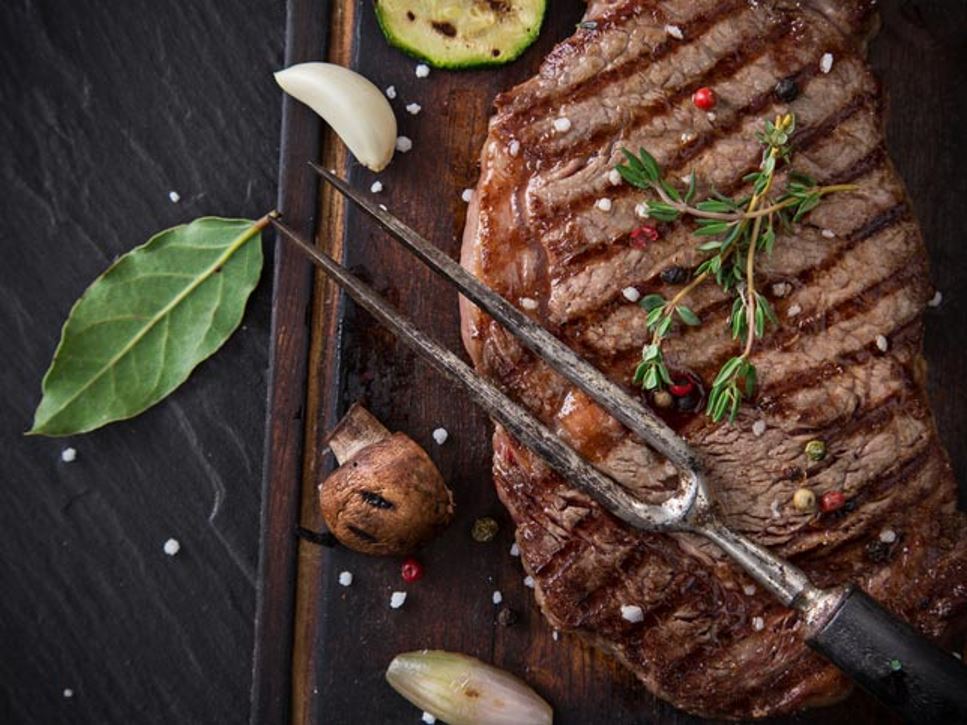Do you enjoy meat that is cooked until it is just rare or medium-rare? It's OK if you're not a fan of well-done meat. You don't need to give up enjoying foods prepared the way you like. But you should know the safest way to savor lightly cooked meat.
What's the Temperature?
A food thermometer is the most important tool in your food safety toolbox. And using it is the only way to ensure meat is prepared to a safe minimum internal temperature when harmful food bacteria, such as Salmonella and E. coli, will be destroyed. When not destroyed, these bacteria can lead to serious illness or possibly death. An instant-read food thermometer is inexpensive and only takes a few seconds to use. It's priceless if it prevents food poisoning.
Try the "Goldilocks" Approach
Is well-done the way to go? You don't need to aim for well-done meat to make it safe to eat — unless, of course, you prefer it that way. The better approach is simply checking the temperature of your meat to assure you're not undercooking or overcooking it. Ultimately, a food thermometer helps guarantee you're cooking meat until the "just-right" doneness for juiciness and deliciousness.
Caution: Your Senses May Be Misleading
Your senses play an important role in deciding what foods to eat. However, don't rely exclusively on your senses to determine if your meat is cooked safely. Color and texture are not reliable indicators of properly prepared meat. Research confirms that. Specifically, a brown color, firm texture or clear juices should not be counted on to determine doneness or confirm safety. Likewise, a pink color doesn't necessarily mean that a meat is undercooked. A food thermometer will provide the final answer on proper doneness.
The Rules About Rare
Is rare or medium-rare meat ever safe to eat? If beef, veal, pork or lamb are ground, the answer is no. That's mainly because the process of grinding can introduce potentially harmful bacteria on the meat surface into the ground meat. Ground meat needs to reach 160°F internally — at least a doneness of medium. (Dishes prepared with ground turkey or chicken need to reach an internal temperature of 165°F.)
If the fresh meat is a steak, roast or chop, then yes — medium-rare can be safe. That means the meat needs to reach 145°F internally and stand for three or more minutes before cutting or consuming. Unfortunately, even if preferred by foodies, there's no way to guarantee the safety of rare meat. That also means raw meat delights, such as steak tartare or beef carpaccio, are not considered safe, especially for people who are at higher risk of food poisoning. Pregnant women, children, older adults and people with weakened immune systems should avoid all raw and undercooked meats.
The Bottom Line
Food taste and food safety can go hand in hand. Use a food thermometer to assure meat is prepared thoroughly. And then you can enjoy… thoroughly.
Find a Nutrition Expert
Looking for credible nutrition information and recommendations? The Academy of Nutrition and Dietetics' network of credentialed food and nutrition practitioners are ready to help!

